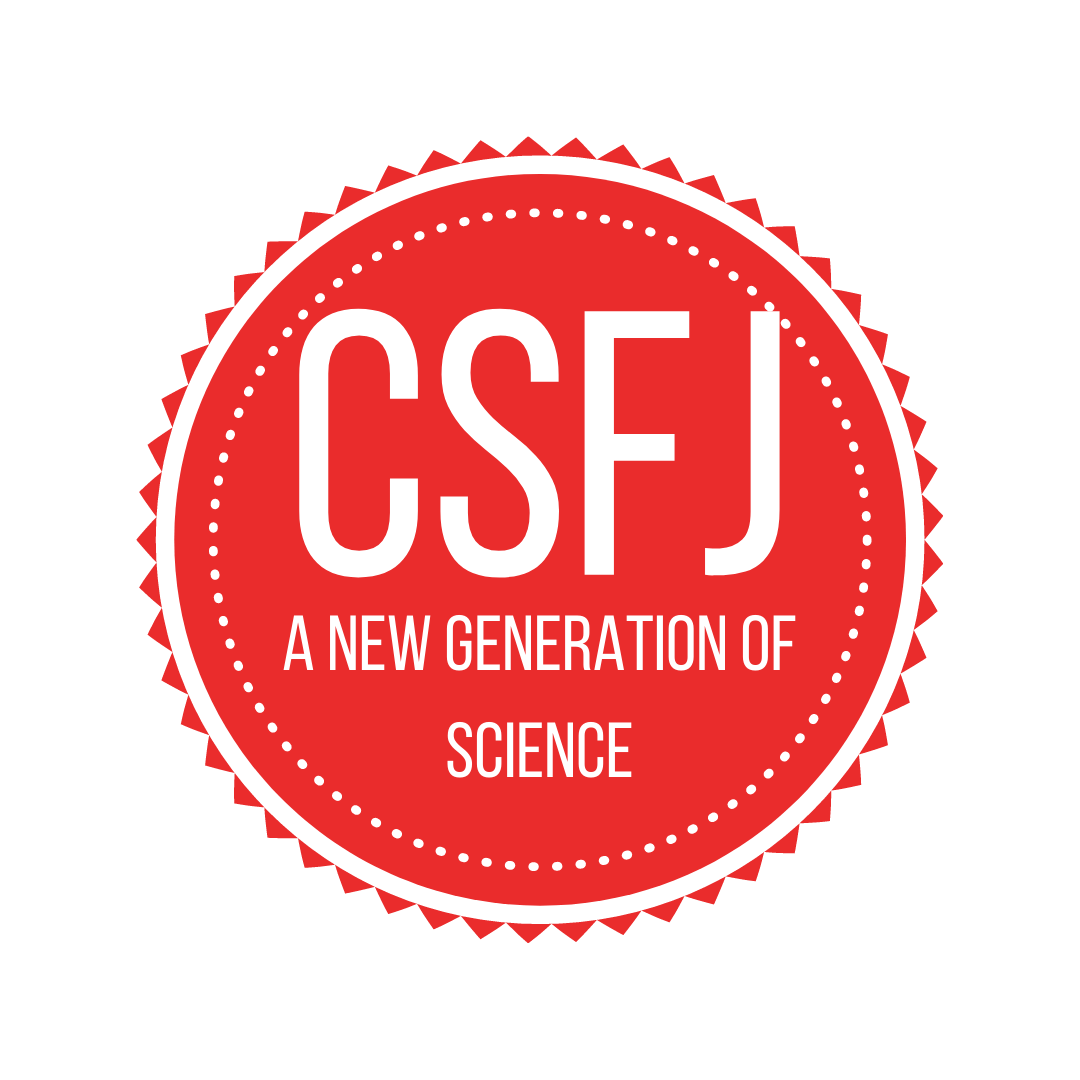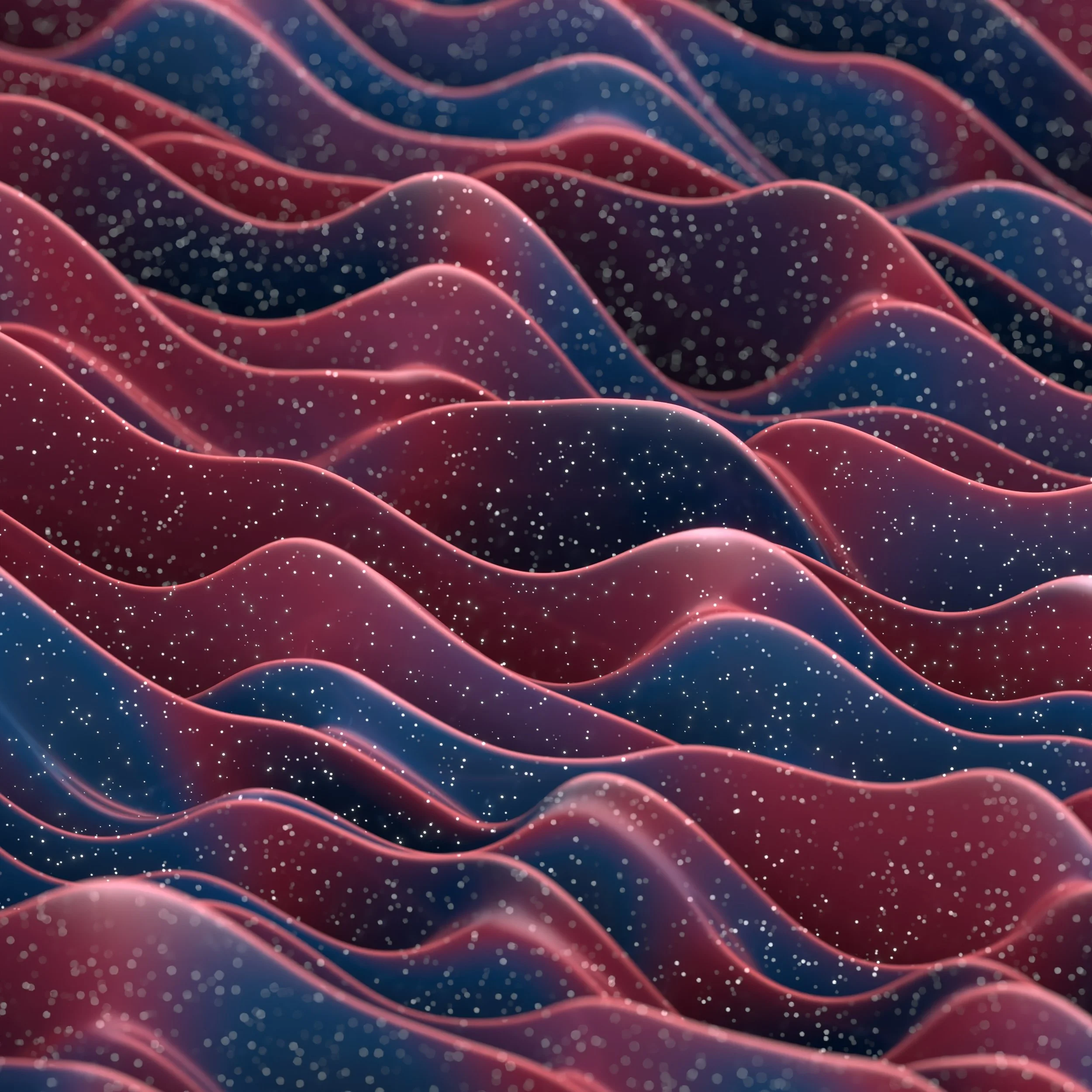March 2023
Volume 5 Issue 6
by Krish Desai
For centuries, herbal medicine has been used for treatment of diseases, including many in the urinary system. Kalanchoe pinnata is an evergreen succulent herb with potential antibacterial and ulcer treating properties. This research will investigate the constituents present in K. pinnata and its effect of extracted constituents on calcium oxalate, while looking into the efficacy of K. pinnata tincture in various dose quantities and sizes of kidney stones.
by Angela Cao
From the 5th century BC to modern times, society has been obsessed with immortality and the unknown premonition of death. The primary objective of this project was to analyze the relationships between contextual influences (independent variables) and life expectancy using the simple linear regression model. Secondary objectives include developing a RShiny application to predict a country’s average life expectancy through user-input values and visualize the independent variables changing over the past years through choropleth maps.
by Anna Lamarche
The quantum slit experiment is one of the most important experiments to come out of quantum physics to date. Realized in the early 1800s by Thomas Young, it helped to prove the wave-particle duality of subatomic particles such as photons and electrons, as well as quantum tunneling, which is the ability of a subatomic particle to pass through or “tunnel” through an energetic barrier, a phenomenon which is not observable in classical mechanics. In this experiment, I propose including potential barriers in the quantum double slit experiment to observe the impact these will have on its outcome.
by Tamsen F. Taylor
The purpose of my research is to study the effects of various types of artificial street lights on light pollution and if the lights’ intensity and colour meet recommended light standards. My hypothesis is that artificial lights used by the City of Ottawa contribute to light pollution because of their high colour temperature, high intensity, and blue-range wavelength. The research focuses on light pollution from sky glow, in which artificial lights at night cause the sky to be brighter.
by Mitchell Clapperton
Boat wakes can have significant negative impacts on the ecosystems of lakes and oceans. The powerful forces generated by recreational boat wakes cause erosion of shorelines, generate harmful turbidity in the water, and threaten aquatic animals who nest, spawn, or live near the shoreline. This project aims to create a solution for mitigating wakes through the application of computational fluid dynamics (CFD) to the development of a wake simulation model and the engineering design of a wake mitigation device.
by Sebastien Menard
An urban area which is warmer than the surrounding rural areas is known as an urban heat island. Cool roofs can help lower indoor temperatures, particularly on the top floors of buildings. A cool roof is defined as a roof that stays cool in the sun by reflecting sunlight (to minimize solar absorption) and emitting thermal radiation (to help dissipate solar heat gain). My science fair project aims to figure out what colour and type of roofing materials absorb the least amount of heat.







